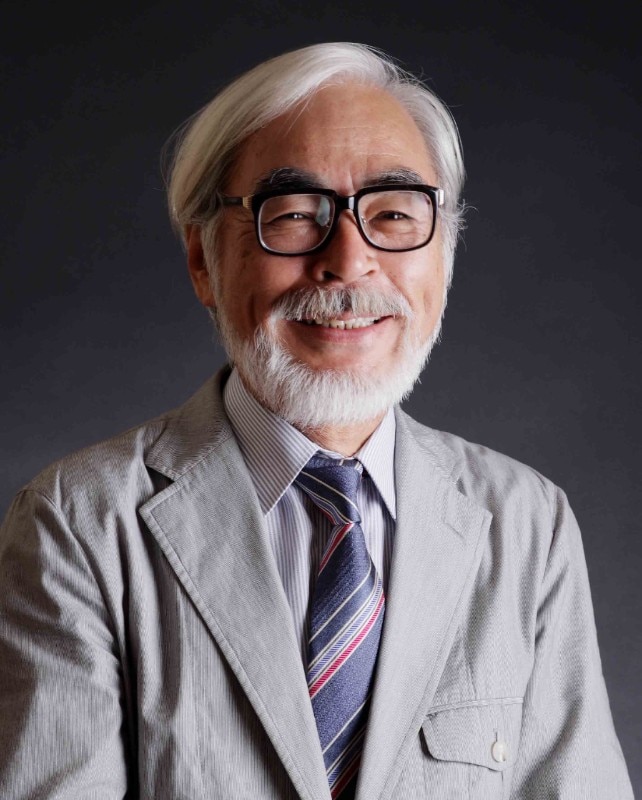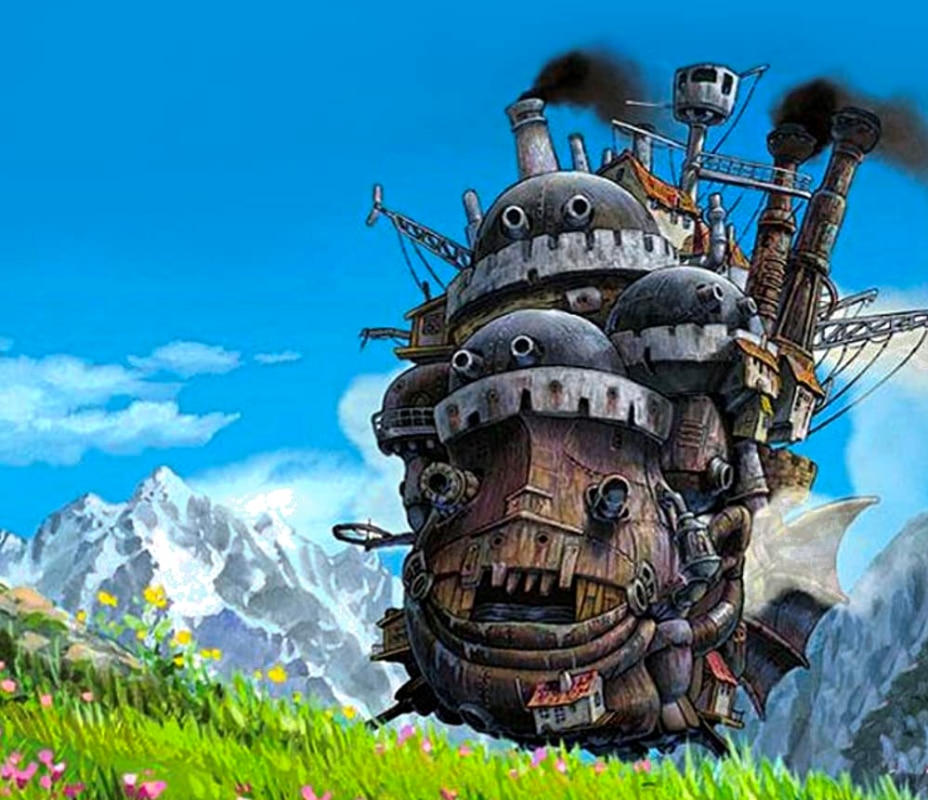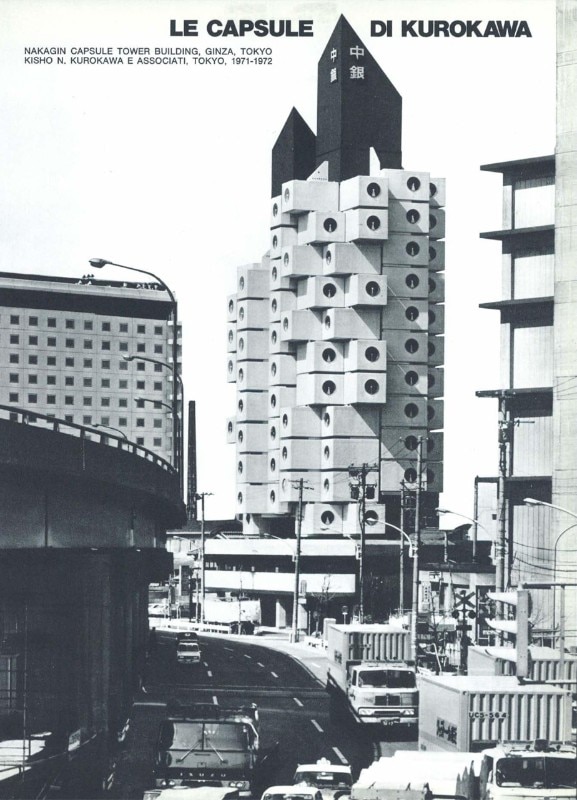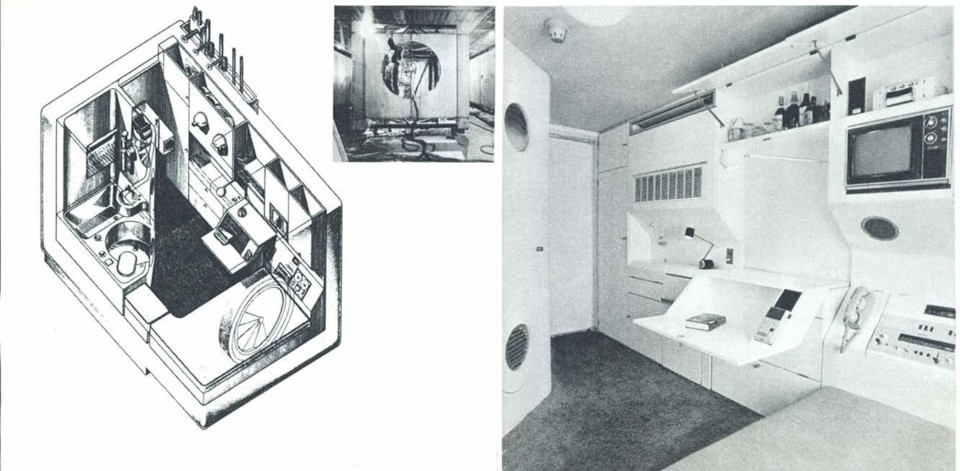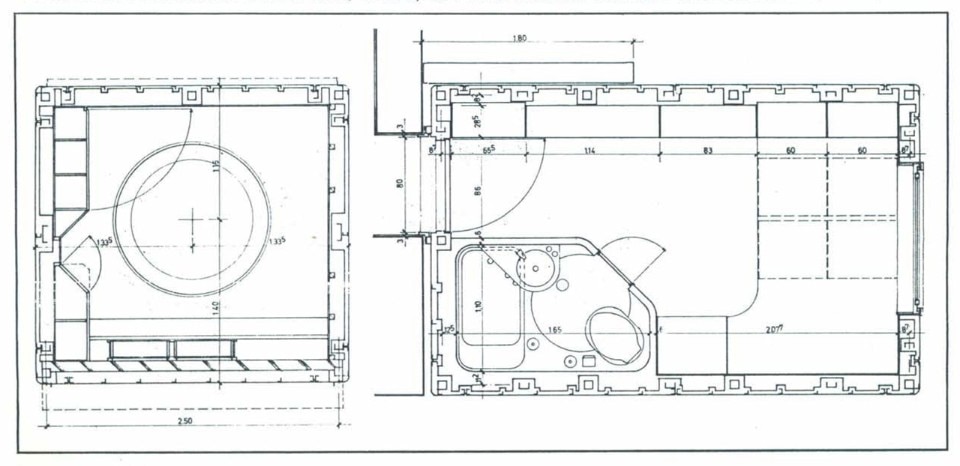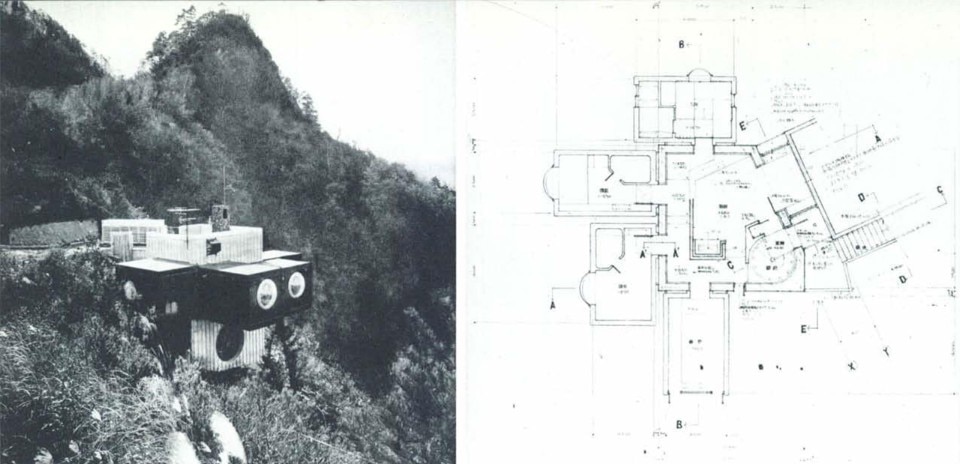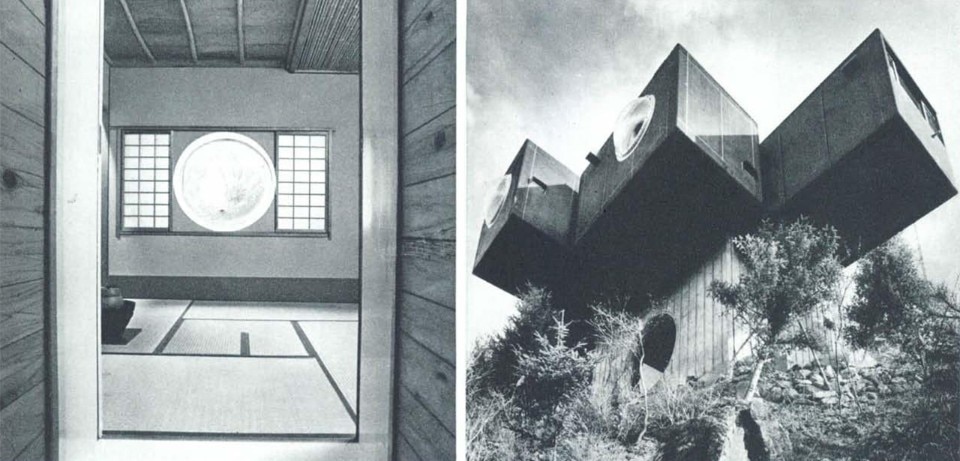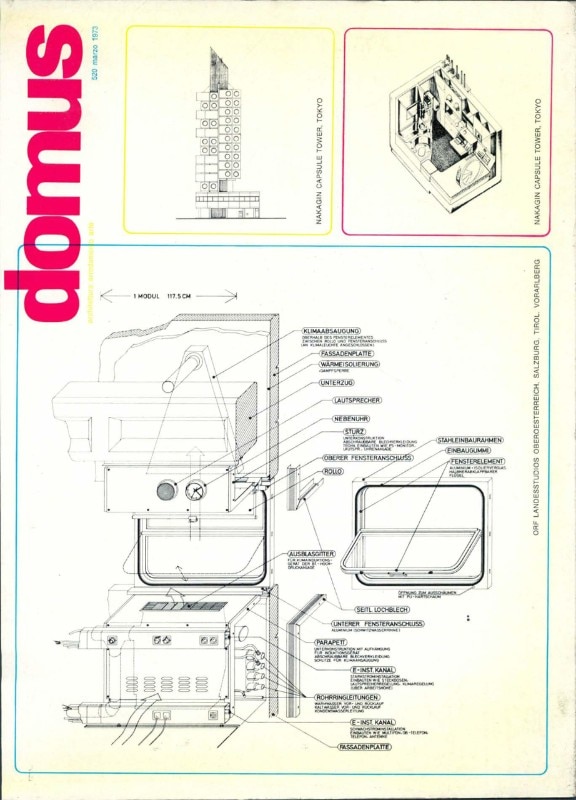The world of Japanese animation is vast, covering a wide range of topics and exploring endless visual possibilities. Each product stands out as unique, with a strong identity that makes it memorable. This uniqueness extends beyond character and story design to the environments, architecture, and landscapes depicted, which often serve as backdrops and even protagonists in the long tradition of anime storytelling.
Anime has produced numerous masters of architectural representation, including Katsuhiro Ōtomo (Akira), Satoshi Kon (Paprika), Makoto Shinkai (Your Name.), and Tsutomu Nihei (Blame!), among others. Among Western audiences, the most renowned is Hayao Miyazaki. With Studio Ghibli, he created archetypal stories that have touched the hearts of multiple generations, largely due to their unique portrayal of places and characters.
Hayao Miyazaki places humans at the center of his stories, yet nature and human-made spaces are always at their side. These elements can exist in harmony, representing good, or in opposition, representing evil. However, through a balance of mutual respect, the individual reaches a state of equilibrium with the genius loci – the spirit of a place – in its most spiritual and metaphysical sense.
Born just before the outbreak of World War II, Miyazaki began his career in the early 1960s, during a time of reinvention in Japan. At that time, the Metabolist Movement was leading the country into a modern, avant-garde era. The rigid pre-war society, anchored in the dogmas of the previous century, was giving way to a constant evolution of customs and habits. Architectural structures and cities changed alongside this cultural shift.
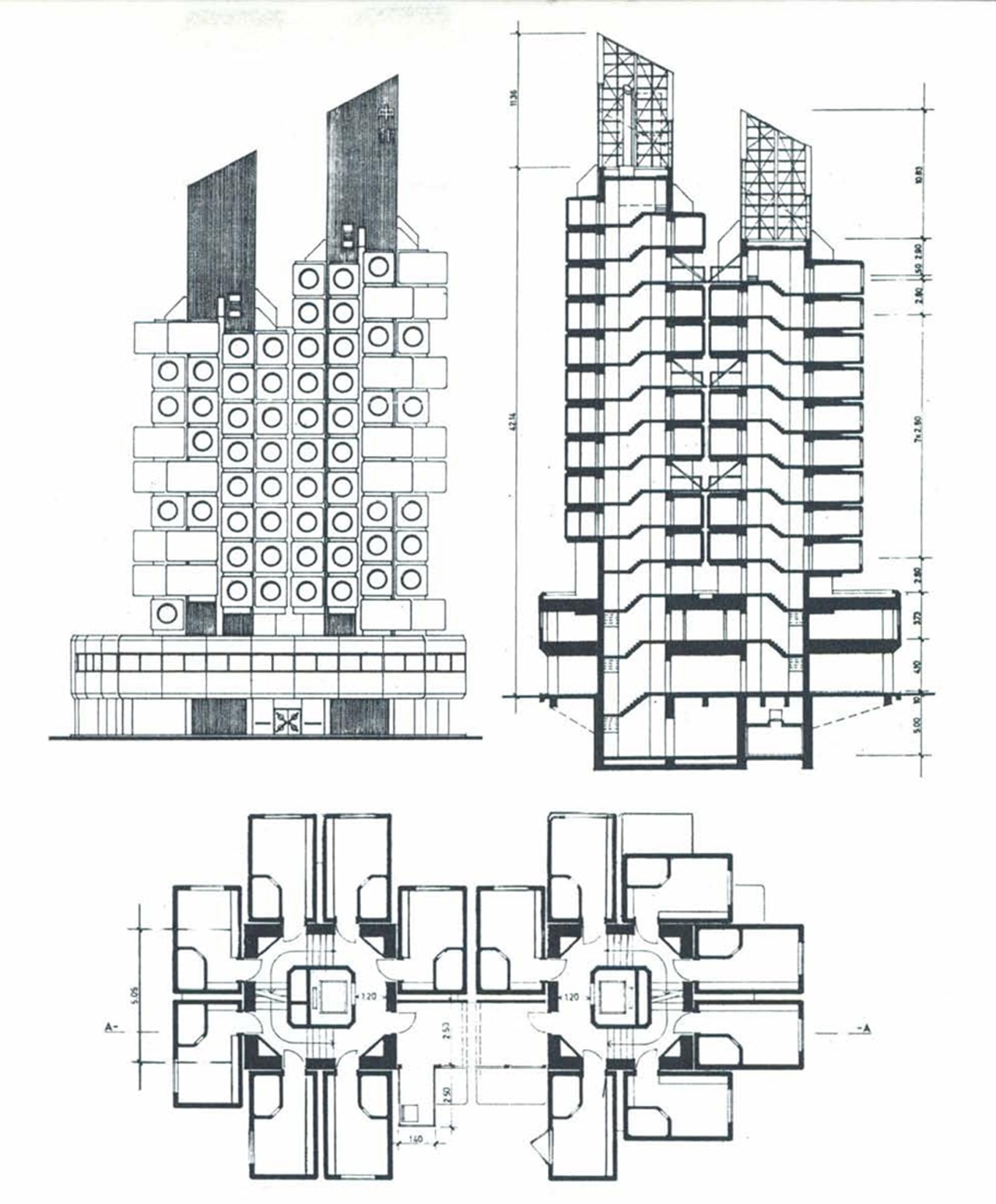
At the heart of the Metabolist Movement lies a crucial concept that also resonates in Miyazaki’s architectural style: the architectural element is ideally part of an ever-changing ecosystem, where it fits harmoniously. This new way of living was brought into the real world by architects like Noboru Kawazoe and reached its zenith through research during the 1970 Osaka Expo and in the iconic Nakagin Capsule Tower, which continues to capture the collective imagination.
This socio-architectural context forms a solid foundation for Miyazaki’s “architectural” production and is addressed in different ways in his various works. For this reason, instead of a chronicle of his works, we would like to offer an analysis based on visual themes, providing insights into individual architectural solutions or landscape proposals by the Japanese filmmaker.
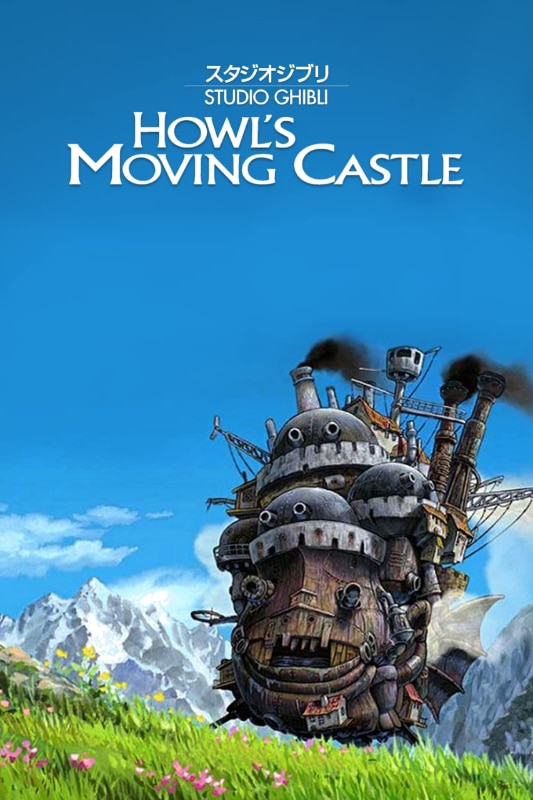
Technology and the natural world
Although Miyazaki began his career in the 1960s, it was in the 1970s and beyond that he truly immersed himself in the artistic direction of his works, reaching full narrative maturity in the 1980s. However, even as his career progressed, the pillars of visual storytelling we discussed earlier remained central to his work. In the three films that inspired these gallery slides, nature and urban spaces, including man-made technology, are in a constant state of dichotomy with each other.
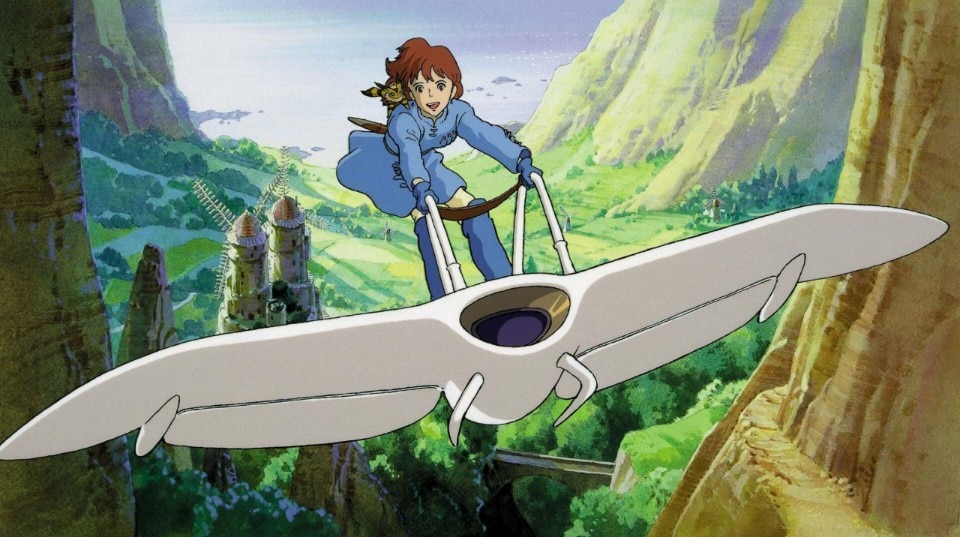
Miyazaki’s Nausicaä of the Valley of the Wind presents a collision of the Taoist approach to life, agriculture, and architecture integrated into the natural world with the horrors of war. The film’s depiction of war is a reminder of the tragic real-world consequences of nuclear fallout, a theme that often lurks in the background of Studio Ghibli’s works. In this constant cycle of destruction and reconstruction, humans seem almost alien to nature, thrust into contexts of industrialization that strip them of their dignity. This is exemplified by Pazu, who, at the beginning of the film, is shown at work in the coal mines. Inside, the mines are dark and cramped places, but outside, they boast a fascinating exterior design that is integrated with the natural context that fascinates the miners themselves.
When discussing the beauty inherent in the relationship between man and nature, it is impossible not to mention Laputa: Castle in the Sky. The film beautifully depicts how living spaces are shaped by local materials and traditions, resulting in a simplicity and warmth that evokes serenity and an appreciation for one’s surroundings. In contrast to the Metabolist Movement’s emphasis on the rapid optimization of space, the film highlights the possibility of a peaceful and simple life, characterized by modest things and unassuming spaces – a life that is rooted in tradition and is people-oriented.
However, the aforementioned architectural trend also had a significant and positive influence on the author. The design of the Central Castle in Nausicaä of the Valley of the Wind and the Moving Castle in Howl’s Moving Castle, in particular, embodies the positive attributes of ever-changing spaces that accommodate the evolving needs of their occupants.
The Central Castle’s “organic” design bears a striking resemblance to the cave dwellings and subterranean cities of Cappadocia. The Moving Castle, on the other hand, pushes this notion of natural evolution towards a more steampunk-inspired technology. This imposing mobile abode, expands and contracts in size, propelled by the steam generated by Calcifer. It’s worth noting that all of these films also address the repercussions of technological abuse, including plagues, monsters, destruction, and war. This complex issue is evident in the depiction of abandoned villages, the defensive structures of the Castle in the Sky, and the post-conflict reconstruction of Howl's Castle.
Reference films: Nausicaä of the Valley of the Wind (1984), Laputa: Castle in the Sky (1986) and Howl’s Moving Castle (2004)
Bridging reality and imagination
A central theme in Miyazaki’s films is the loss of innocence that accompanies the transition into adulthood, resulting in an initial detachment and eventual reunion between the real and fantasy worlds, where imaginative architecture intersects and reinterprets reality. While Howl’s Moving Castle features cities that are allegorical representations of real places and architecture in central Europe (think Gaudi), My Neighbor Totoro and Spirited Away emphasize the innocence of childhood by showcasing Japanese tradition in their architectural representation.
In the third film, the protagonist Sen enters a fantasy world and starts working in a public bathhouse inspired by the real-life Dōgo Onsen on the island of Shikoku. However, the representation of the bathhouse in the film is far from grounded in reality, except for its outward appearance. In the Spirit Realm, everything is reminiscent of the real world to some extent, and this duality is central to the film’s narrative. As the protagonist completes her journey of growth, the two worlds gradually overlap. The space itself does not change, apart from the visual representation of colors; rather, it is the girl’s perception of it that evolves.
In Princess Mononoke, the idea of the real world intersecting with the imaginary world is taken to the extreme, echoing the themes discussed in the previous paragraph. Unlike the previous films, the focus is not on urban spaces, but on a forest – a space that is man-made but imbued with strong natural connotations. In the real world, humanity has destroyed nature for the sake of expansion, production, and resource extraction, while in the film, the mountains (which hold sacred significance in Eastern religious traditions) are mined for iron. The forest, then, becomes a form of architecture, representing the reunification of humanity and space in harmony, rather than opposition, with the characters and their surroundings.
In My Neighbor Totoro, a contrasting mechanism occurs compared to the previous films: not only is it inspired by nature in the real world (the setting is based on Saitama prefecture), but the film’s design is also influential enough to inspire real-life architecture. While Totoro and the Catbus remain iconic characters, the traditional country home seen in the film has inspired many people to build similar homes, connecting them to nature and perhaps even to the magical creatures that inhabit it.
Reference films: My Neighbor Totoro (1988), Princess Mononoke (1997), and Spirited Away (2001).
The petty engineering of war and the Sublime of the natural world
This is an aspect we have already touched upon to some extent. As a matter of fact, it’s worth noting that these elements aren’t separate entities; rather, they are complementary shades of the same canvas, each in communication with the others. For Miyazaki, it is clear that technology, if misused, can represent the worst of evils. Conversely, it is self-evident that most things related to nature are sources of serenity and harmony.
In these three films, nature is a dominant component that conveys beauty and a feeling of extreme power. The underwater vistas and shorelines of Ponyo, for example, are incredibly striking, and the force of the weather is something tangible on the screen. The urban aspect has minimal influence on the overall experience, and once again, the natural landscape is portrayed as more powerful than the work of man.
In a similar way, both Porco Rosso and The Wind Rises depict the rejection of war engineering in favor of places of peace and serenity, presenting two opposing ways of experiencing the world. In the 1990s film, the Mediterranean’s peaceful architectural vistas are juxtaposed with the shadow of war chasing a man (or rather, a pig) of noble ideals. In the latter film, while the technological advancement of new airplanes appears fascinating in terms of design, it pales in comparison to the glimpses of blossoming Japan and traditional 20th-century housing.
Reference films: Porco Rosso (1992), Ponyo (2008), and The Wind Rises (2013).
